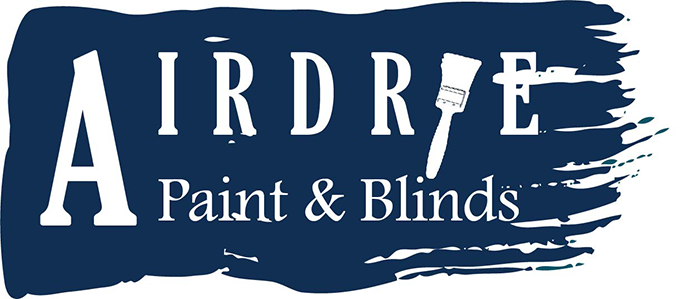Decks and Fences can be one of the trickiest projects to tackle. In my last post I shared why preparation is so important and what you need to do get your deck of fence ready to receive to receive the stain and make it last longer.
In this post I’ll share a few differences between stains that might help guide you to what is best for your application.
Firstly, stain opacity is typically Translucent, Transparent, Semi Transparent, Semi Solid and Solid (see chart below). The amount of opacity depends on the amount of pigment in the stain. The more pigment in it, the more “solid” looking it is and the greater the protection will be over time. The more solid the stain, the greater the UV protection.
It is recommended with Transparent and Semi Transparent that you apply a coat or clear coat over top. This does several things for you. Increases wood protection, increases UV protection and increases longevity. It gives you the ability in the first few years to wash down your deck and apply another coat of clear coat and thus extending the life without having to go through all of the laborious steps of deck preparation.
The other piece to keep in mind is that the more opaque a stain is, the less you will see the wood grain. This is what makes it hard to – balancing longevity vs. look.
Colour can also factor in on your stain decision. At Benjamin Moore Translucent and Transparent stains are available in six colours: natural, redwood, teak, cedar, mahogany and silver gray. Semi-Transparent and Semi Solid are available in 75 colours. Solid stains are tintable to any Benjamin Moore colour.
Application is another issue with stain. Timing the stain application with the cleaning and preparation can be difficult in our part of the world because of changing weather conditions. Stain is a penetrator so it needs the wood to be dry but the temperatures not too hot to allow in time to get into the wood. Windy days are not good too they can quickly dry your product.
As mentioned in the previous post, immediately after preparing your board they begin to self-seal meaning it is more difficult for stain to penetrate. It’s been said that within a week, you can lose 30-40% adherence factor because of the self-sealing so get your stain on quick.
Application is simple – if you spray, back roll. If you roll, back brush. That extra step doesn’t take much more time but goes a very long way in increasing the longevity of the product on your boards. It helps get the stain into all the nooks and crannies of the grain and increases the amount of product penetration.
Remember too the decks are typically NOT maintenance free. It is good practice to begin each season using a cleaning solution designed for decks to wash it down. This helps prevent and remove staining as well as mold and mildew growth.
There are many other things to consider such as back priming, back board staining, dealing with tannin staining but your Benjamin Moore profession can answer those questions for you as then can be more technical and often require a bit more information to be able to answer.
Hope this helps you as you plan for deck season.
Good preparation, good, high quality product, proper conditions and care leads to long hours sitting out enjoying a BBQ or reading your favorite book.
Stains and what you see.
Translucent
Allows the full beauty of the wood to show through
Transparent
Tints the wood with colour, allowing the grain and texture of the wood to show through
Semi Transparent
Enhances the beauty of the wood with colour, while allowing some of the grain and texture to show through
Semi Solid
Colours the wood while allowing some of the grain and texture to show through
Solid
Opaque colour masks the grain but allows the texture of the wood to show through
